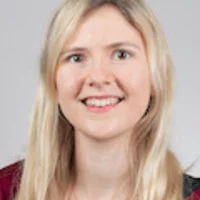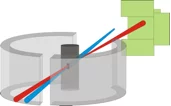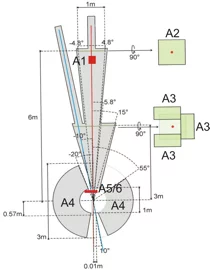Instrument projects for the European Spallation Source ESS in Lund, Sweden, by the Laboratory for Neutron Scattering
HEIMDAL
A time-of-flight neutron powder diffractometer going beyond today’s designs by offering additionally a SANS and an imaging option
Functional materials have driven at all times our civilization in search for prosperity and superiority. This fact is reflected by names associated with different periods in history i.e. Stone Age, Bronze Age, Iron Age etc. Today, it could be said that we are approaching the end of the Silicon Age, as we reach the density limit for transistors on chips. Research efforts have developed new functional materials extending Moore’s law. The hot topic in science in 2025 and beyond is hard to predict, but functional materials are certain to play a key role in driving our society.
Functional materials have driven at all times our civilization in search for prosperity and superiority. This fact is reflected by names associated with different periods in history i.e. Stone Age, Bronze Age, Iron Age etc. Today, it could be said that we are approaching the end of the Silicon Age, as we reach the density limit for transistors on chips. Research efforts have developed new functional materials extending Moore’s law. The hot topic in science in 2025 and beyond is hard to predict, but functional materials are certain to play a key role in driving our society.
Combining NPD (neutron powder diffraction), SANS (small angle neutron scattering) and NI (neutron imaging) in a single instrument allows studying multiple length scales simultaneously and obtaining information on the atomic-, nano-, meso-, and microstructure scale. If we wish to understand and improve functional materials it is paramount to understand the structure at all length scales and with sufficient time resolution to follow physical and chemical processes. Until now, different length scale information is collected separately and quite often post mortem i.e. after the process have taken place. Such experiments allow scientists to make educated guesses for the processes taking place in the material. However, the proposed multi-length-scale instrument will be a game changer as it allows insight into time dependent processes at all length scales at the same time and from the same sample.
To meet the great scientific challenge of understanding advanced functional materials in action - in situ or in operandi information is needed at multiple length scales. We therefore propose the construction of an instrument for the ESS, combining NPD, SANS and NI in a single instrumental setup to cover this gap. The designed instrument allows quasi simultaneous coverage of multiple lengths scales with a time resolution sufficient to follow chemical and physical processes in real time. The concept is completely novel and uses a single beamport to extract a cold and a thermal beam that converge at the sample position. The instrument is unique in combining different techniques and simultaneous operation, without strongly compromising any of the techniques.
Contact:
M. Christensen (Aarhus), K. Lefmann (Copenhagen), U. Stuhr (PSI)
P. Henry (ESS coordinator)



